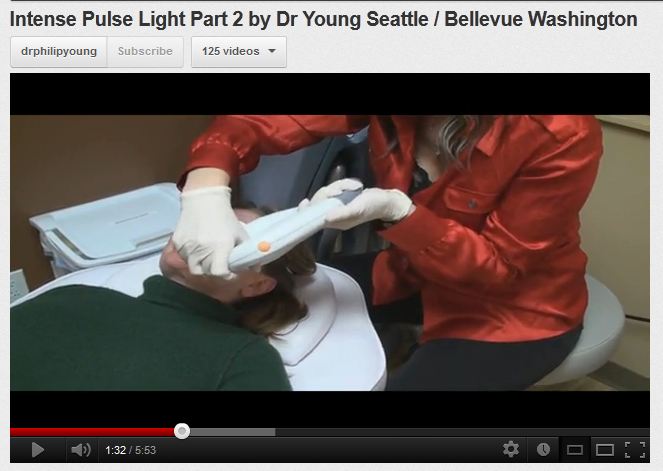by Dr. Philip Young | Aesthetic Facial Plastic Surgery
This a question that I answered for a patient who had fraxel resurfacing for acne on his back and subsequently had significant hyperpigmentation on his back. He wanted to figure out how to get rid of it. This is how I answered his question, in short:
Intense Pulse Light, Medium depth chemical peels, fractional co2 resurfacing, skin care can improve back pigmentation. With Fraxel resurfacing the pigmentation could be at many different levels. More superficially, I would consider more aggressive skin care light lightening products (retinol, hydroquinone, hydrocortizone), 15% alpha and beta hydroxy lotion, at home glycolic peels. Also for superficial pigmentation, lighter chemical peels 10-25% TCA (Tricholoroacetic Acid) peels, and active / deep fx could help. For dermal pigmentation, active and deep fx could improve the pigmentation intense pulse light with varying filters could improve this, as well as different longer length lasers from 585-1064. Dermal depths are deeper and not accessible to most superficial treatments.
Here is a video on intense pulse light.
here is a photo diary showing the recovery from Intense Pulse Light:
http://www.drphilipyoung.com/seattleintensepulselight.php
Hope this was interesting
If you ever want some questions answered you can always email me here.
Thanks for reading, Dr Young
Dr Young specializes in Facial Plastic and Reconstructive Surgery and is located in Bellevue near Seattle, Washington
